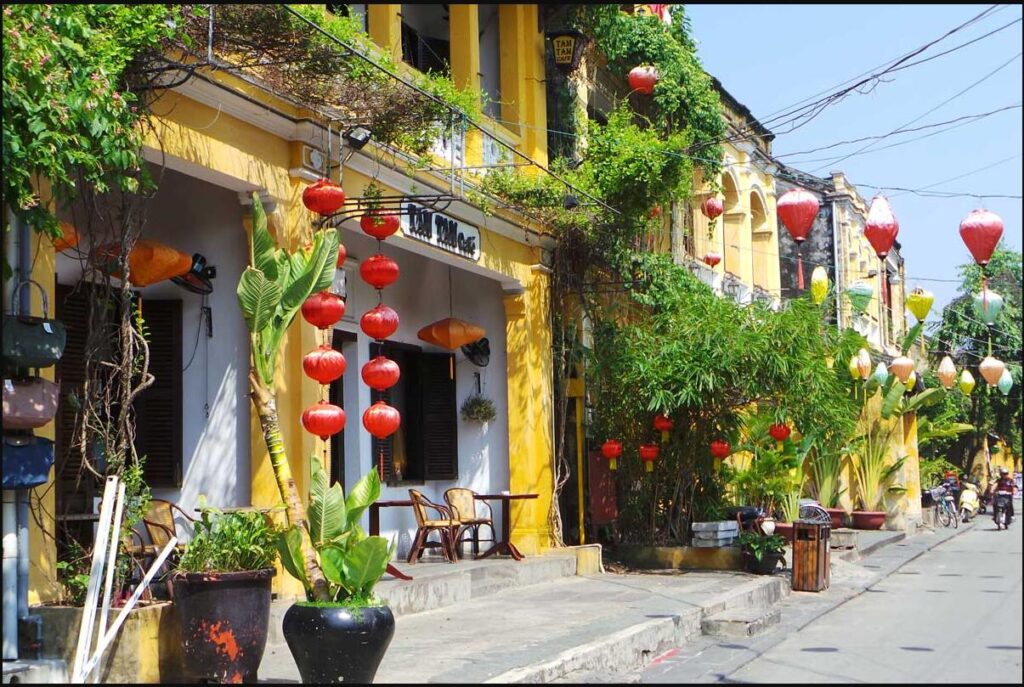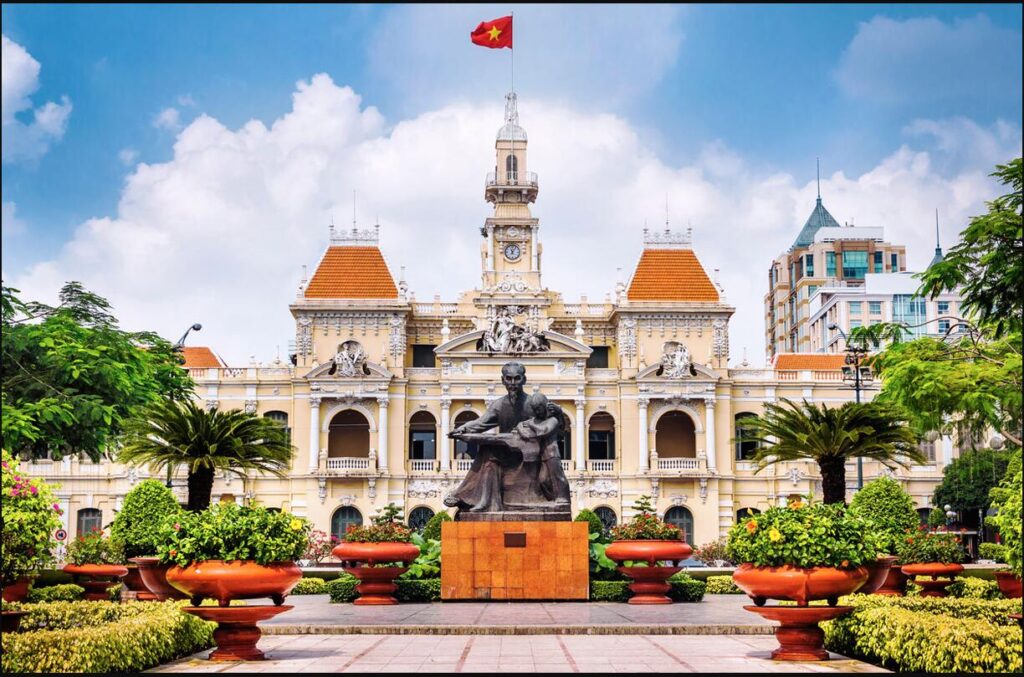TRAVEL DESTINATIONS IN VIETNAM
Vietnam has fascinating cities, stunning beaches and beautiful natural sites.
Hanoi charming chaos
Hanoi is one of the destinations you either greatly enjoy or where you don’t want to return to once in a while. For first-timers, traffic chaos and over-eager vendors can cause anxiety. On the other hand, interesting sights, the propaganda spirit of the Cold War and idyllic cafes bring their own color to the city.
According to abbreviationfinder, the Vietnamese socialist movement originally began in the Hanoi region, which was also the cradle of idealism during the war. Even today, Vietnamese communism is best seen in Hanoi. A statue of Lenin adorns the park, the roads are taped full of propaganda material and most importantly the people’s icon Ho Chi Minh, more commonly known as Uncle Ho, rests in his mausoleum to amaze visitors. This experience is unparalleled: the couple moves under the eyes of the militias, Uncle Ho lying behind the plexiglass with a hammer and sickle decorating the otherwise bare walls. When he finally gets out of the building, it feels as if he has made a short but impressive time trip to the Cold War grounds.
From Hanoi, for example, it is possible to go on a day trip to the UNESCO World Heritage Site of Halong Bay, where you can admire the surrounding sugar-lined mountains rising from the sea. If you have more than one day, you should also consider the Sapa Mountains, where you can admire the life of the area’s indigenous peoples.
The hustle and bustle of Saigon is worth experiencing
Officially called Ho Chi Minh City, but commonly known as Saigon, the city is largely the opposite of its northern brother Hanoi. One reason for this is that during the Vietnam War, the area was strongly Western-influenced, which is also reflected today in people’s more positive attitude towards tourists. Today, Ho Chi Minh City is also a business center.
Saigon has several days to see from museums to markets. The majestic-sized Independence Palace is almost in the condition it was left in when North Vietnamese troops conquered Saigon in 1975. Dozens of solemn rooms exude their value and the ground-floor war room is a real treasure trove.
Another major attraction is the War Museum. It tells the human side of the war through photographs, videos and artifacts. Behind the tanks and bomb shells in front of the museum is a hall that displays wartime photographs by U.S. journalists. The museum is an experience that is shocking to many, but at the same time eye-opening.
The atmospheric Hoi An represents the former time
The most beautiful and atmospheric city in Vietnam, the UNESCO World Heritage Site of Hoi An, which rests on the river, is like a living museum. Small colorful side streets, centuries-old architecture, dozens of galleries and a relaxed lifestyle differ greatly from other parts of the country.
As the city was hardly affected by the Vietnam War, Hoi An also serves as an excellent breakthrough in Vietnamese history. Surrounded by old buildings and narrow alleys, it feels like going back in time a couple of centuries.
Historic Hoi An is also a garment manufacturing hub with hundreds of weavers, tailors and clothing stores in the center, all made to order incredibly quickly. The prices are really cheap so it’s worth reserving space in your suitcase for a few custom-made suits or pairs of shoes. It is worth asking fellow travelers for recommendations on good clothing stores, as there is variation in both quality and prices.
Near Hoi An you will also find China Beach, famous for its late 80s series, which continues all the way to 30 kilometers to Da Nang. By the way, the picturesque beach is unfortunately also famous for its particularly hearty vendors, who, regardless of reception, spend a good deal with you, selling everything from massage to pineapple.
On the other side of the city is the center of the 12th-15th century Champa dynasty in central Vietnam, an interesting temple area of My Son. During the war, Vietkong held its headquarters here and the Americans bombed the temple area almost to the ground. However, restoration is in full swing and the temples are once again beginning to rise to their old glory under the guidance of foreign archaeologists.
Da Nang is the center of beach life
The city of millions, Da Nang, is a prime example of a big city, where you can experience a full-blooded beach life in addition to a city vacation. The area has a total of sixty kilometers of light sandy beach, bordered by wind-swaying palm trees and numerous beach bars, hotels and tourist resorts. Some hotels are clearly geared to European tastes, while others target Chinese or Russian tourists.
It is possible to find real luxury accommodation in the area with its private pools and top restaurants, but equally backpackers and budget holidaymakers will find their place in Da Nang. Day trips to UNESCO sites in South Vietnam, for example, are very successful here.


